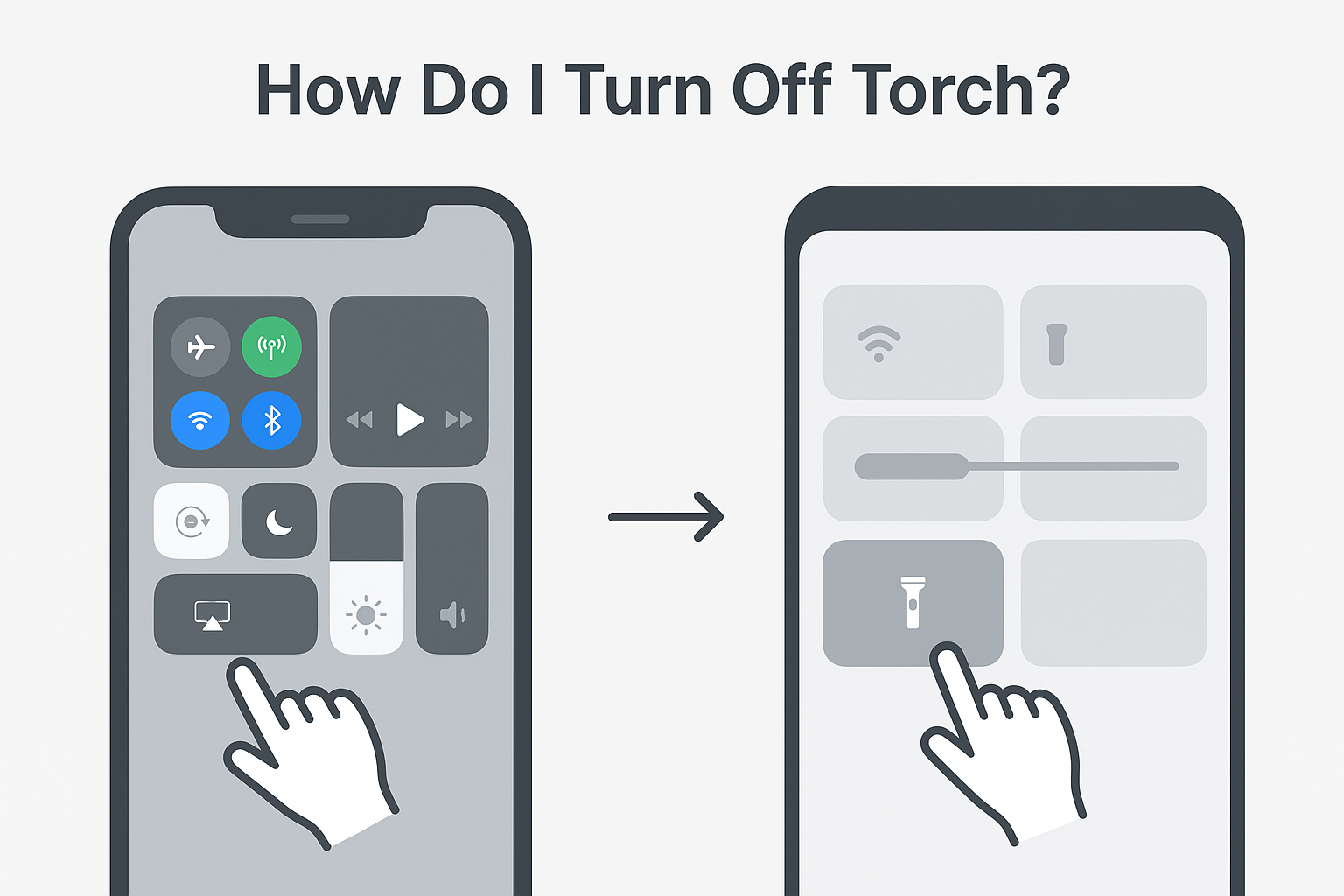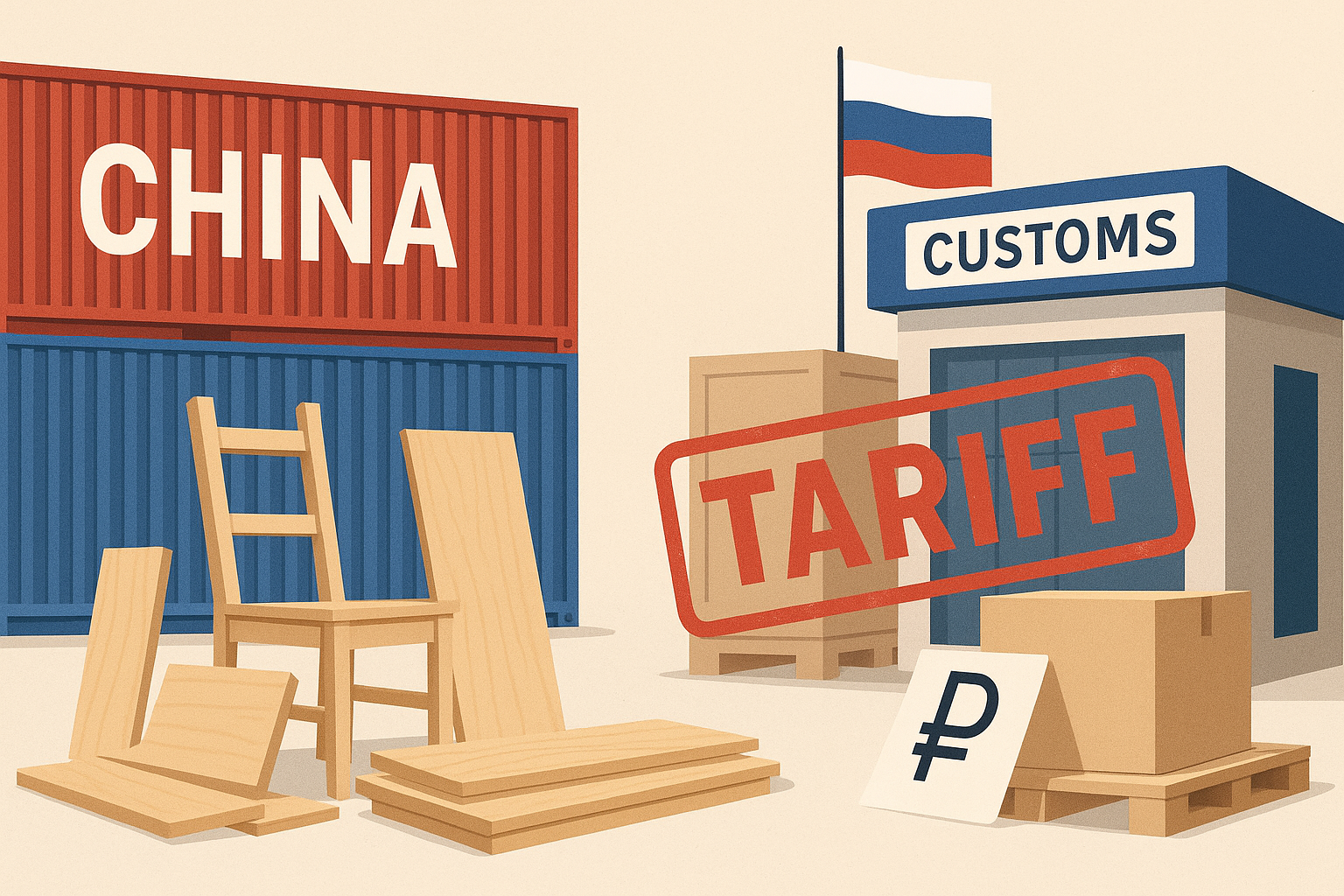Government spending is often slow, tangled in bureaucracy, and buried under red tape. That’s where the Disbursement Acceleration Program (DAP) came in — a fiscal strategy designed to speed things up. It promised faster project funding, quicker budget use, and, in theory, a stronger economy. But as history shows, the DAP wasn’t all smooth sailing.
Quick Answer — What Is the Disbursement Acceleration Program?
The Disbursement Acceleration Program was a budget management strategy introduced in the Philippines in 2011 to fast-track government spending on priority projects. It aimed to boost economic growth by reallocating unused funds to programs that could be implemented quickly. While praised for improving cash flow, it faced legal challenges and was partly declared unconstitutional in 2014.
Why the DAP Was Created
In 2011, the Philippine economy needed a push. Budgeted funds were often left idle due to delays in procurement, project approvals, or agency inefficiencies. This “underspending” slowed down infrastructure, social programs, and public services.
The Disbursement Acceleration Program was pitched as the fix:
- Reallocate unused funds from slow-moving projects.
- Channel them to faster-executing programs — from classrooms to roadworks.
- Stimulate the economy by getting money moving quickly into communities.
How It Worked (In Plain English)
Think of it as a “budget shuffle.” If a department was dragging its feet on spending, the unused money didn’t just sit there — it was reassigned to agencies or projects that could spend it right away.
Example:
If the Department of Transportation couldn’t start a road project due to land issues, its unused budget might be redirected to the Department of Education for urgent classroom repairs.
This flexibility, the government argued, kept the economy moving.
The Benefits — When It Worked as Planned
- Faster Project Completion — Agencies ready to go got immediate funding.
- Boosted Economic Activity — Public works and social services were delivered quicker, creating jobs and stimulating local economies.
- Efficient Use of Idle Funds — Prevented money from being wasted due to bureaucratic delays.
In its early implementation, the Disbursement Acceleration Program was credited with helping the Philippines maintain steady GDP growth despite global economic uncertainties.
The Controversies — Why It Landed in Court
The DAP’s downfall began when critics argued it allowed the executive branch to move money in ways that bypassed the legislature’s power over the purse. In 2014, the Philippine Supreme Court ruled parts of the Disbursement Acceleration Program unconstitutional, particularly provisions that:
- Moved funds from one branch of government to another without congressional approval.
- Funded projects not listed in the national budget.
The ruling sparked debates about fiscal flexibility versus constitutional safeguards, and whether good intentions can justify bending legal frameworks.
Expert Take on the DAP Debate
“The Disbursement Acceleration Program was an innovative fiscal tool — but it crossed legal lines,” says Dr. Maria Santos, a public finance lecturer at the University of the Philippines. “The challenge is finding a balance between efficiency and accountability.”
Lessons Learned
The DAP’s story offers a few big takeaways for public finance:
- Speed must not override transparency — legal frameworks exist for a reason.
- Budget flexibility is valuable but should have strict oversight mechanisms.
- Public trust depends on both results and process — getting things done fast is useless if people doubt how it’s done.
Is There Still a Place for a Program Like the DAP?
While the original Disbursement Acceleration Program is gone, some of its principles live on in other budget reforms. Governments worldwide face the same challenge: how to quickly respond to urgent needs without breaking the rules that protect taxpayers’ money.
The real question isn’t just “what is the disbursement acceleration program” but “how can we create systems that are both fast and fair?” That’s the balance future fiscal planners will need to strike.
Final Word
The Disbursement Acceleration Program is a classic example of how policy innovations can be both groundbreaking and controversial. It’s a reminder that in governance, speed matters — but so does the rule of law. Whether you see it as a smart fix or a constitutional misstep, its legacy continues to shape how nations think about public spending.












